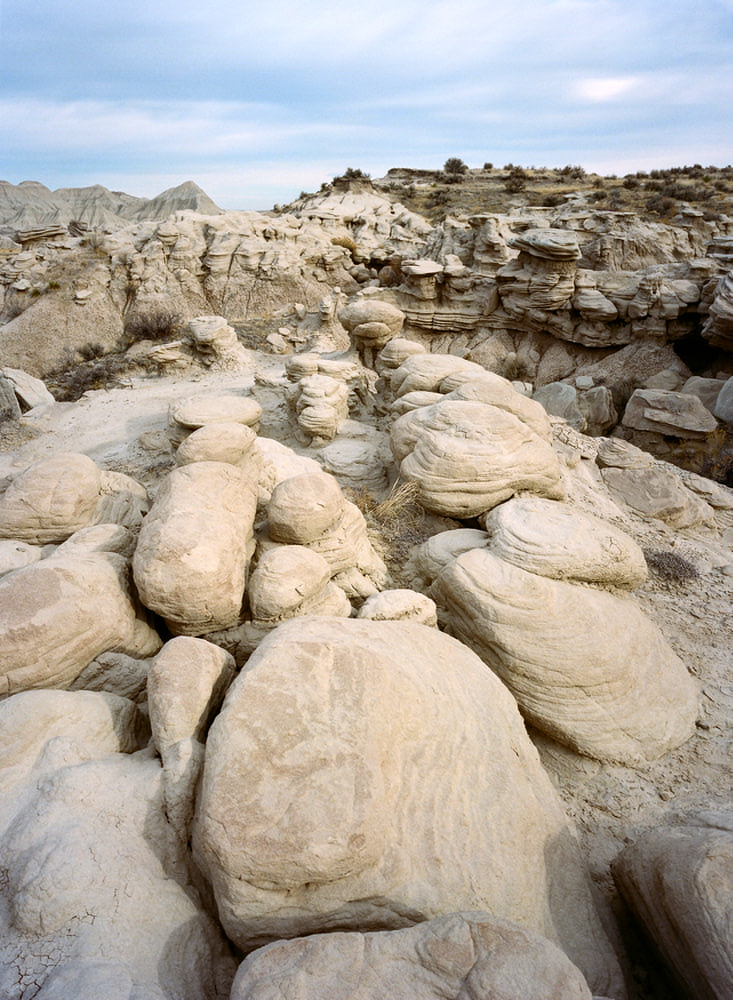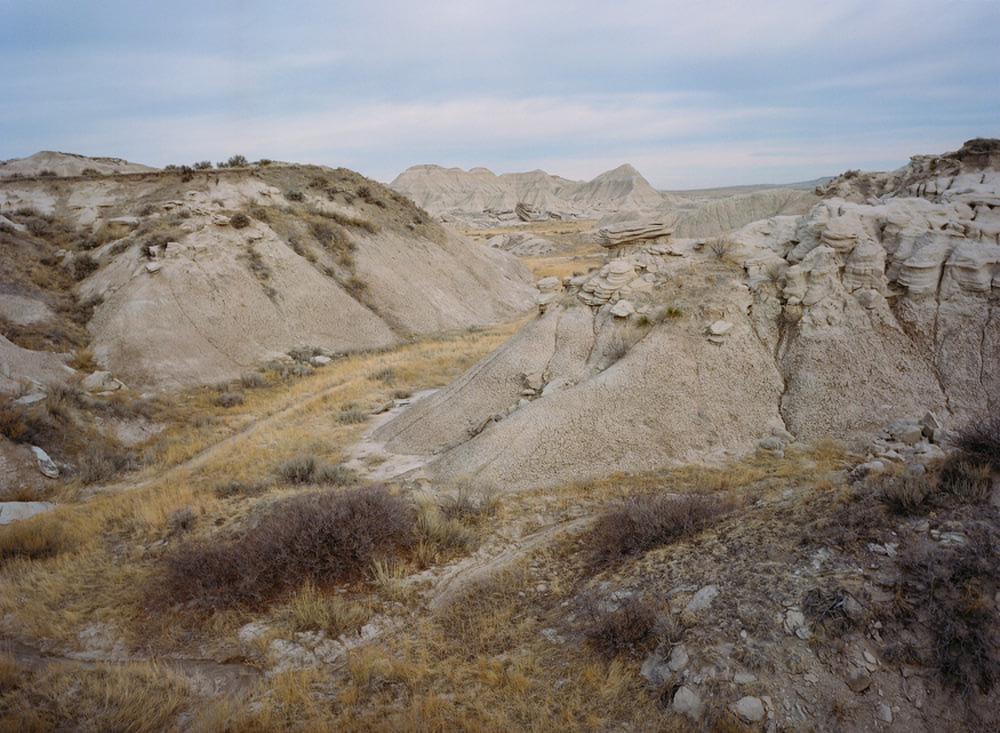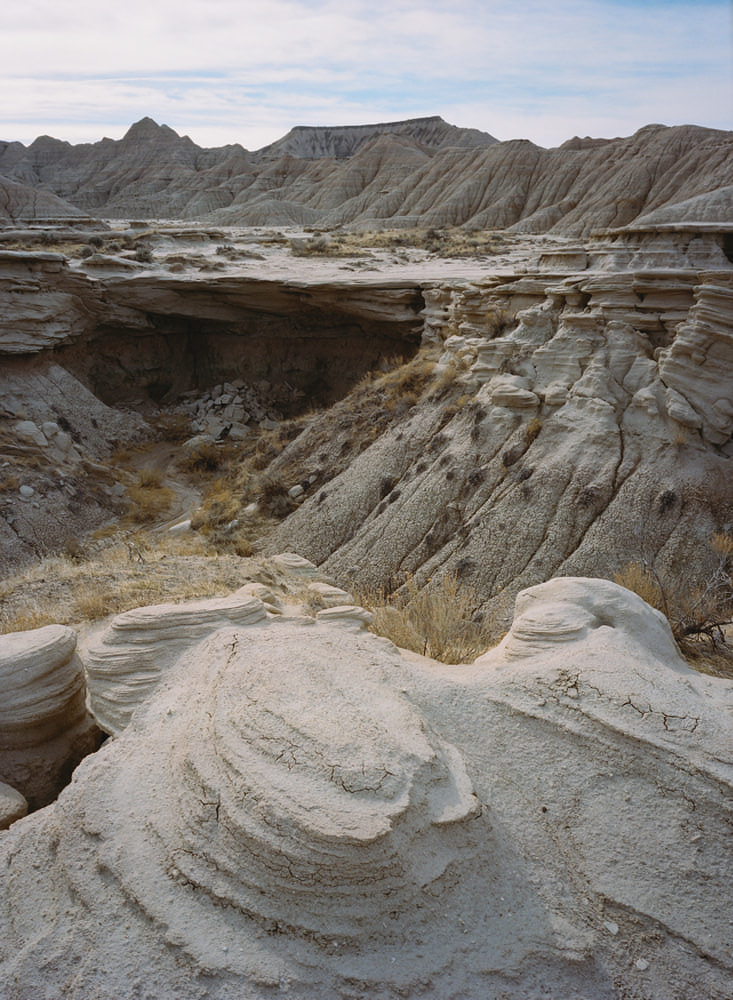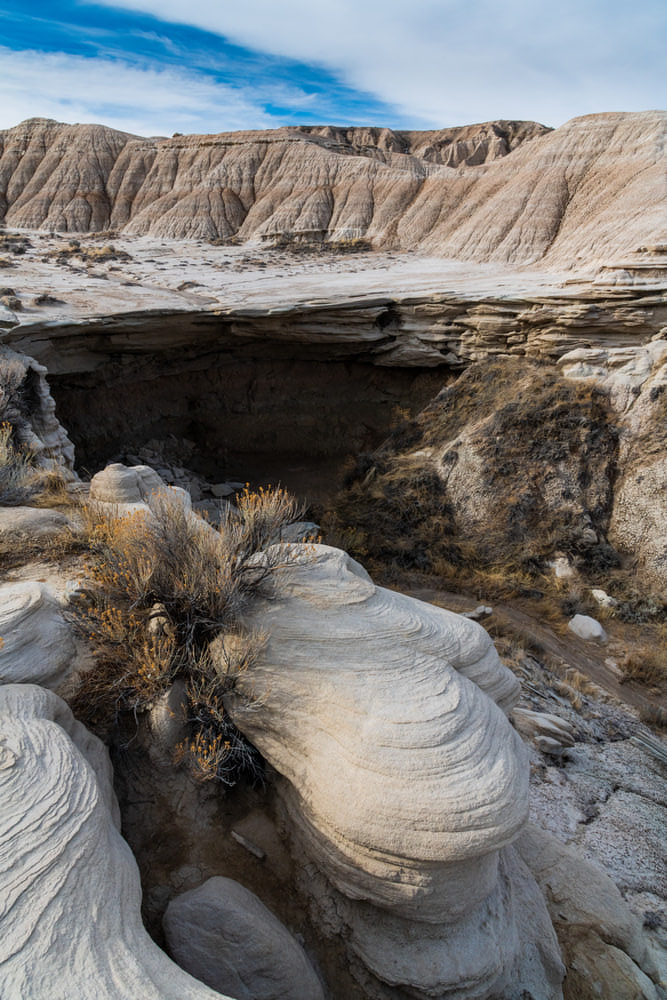| NEBRASKA |
By: Hawk Buckman
Situated within the Oglala National Grassland in the far reaches of northwestern Nebraska, Toadstool Geologic Park stands out for its exceptional geological marvels, overseen by the diligent management of the Nebraska Game and Parks Commission. The remarkable rock configurations found here bear the moniker “toadstools,” a nod to their uncanny resemblance to mushrooms.
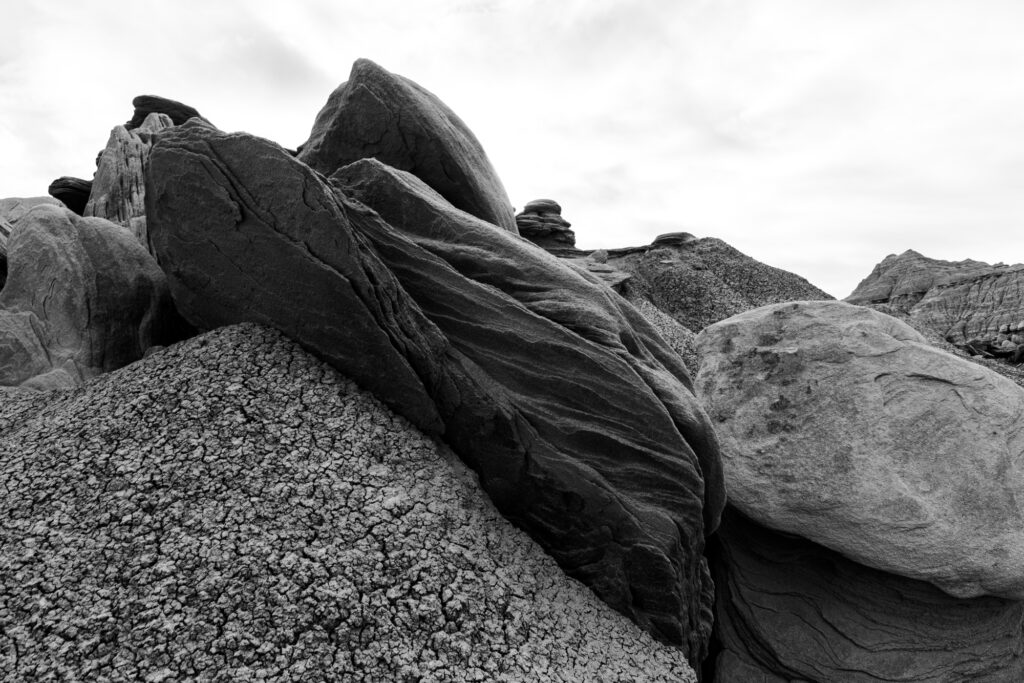
These formations result from countless eons of erosion acting upon sedimentary rock layers, culminating in remarkable shapes that conjure images of mushrooms. The park’s terrain eloquently showcases the profound impact of wind and water erosion on the malleable sandstone and claystone strata, resulting in an ensemble of intricately carved, almost surreal formations.
Visitors to the park can observe these geological processes and explore the various stages of formation and erosion within the rock formations. The park’s interpretive trails provide an opportunity to learn about the geology and natural history of the area while enjoying its unique beauty.
Several geological processes have contributed to the landscape formation at Toadstool Geologic Park. The area’s geological history began around 34 to 37 million years ago during the Oligocene epoch. At that time, volcanic activity in the region deposited layers of volcanic ash, clay, silt, sand, and other sediments. These sediments gradually accumulated over time.
Different erosion is a key factor contributing to the formation of the toadstool formations. The rocks in the park are composed of varying degrees of hardness. The softer layers, which include the clay and ash deposits, are more easily eroded by wind, water, and other natural forces. In contrast, the harder sandstone layers are more resistant to erosion.
Over millions of years, wind-carrying abrasive particles and occasional rainfall worked to erode the softer layers of sedimentary rock more rapidly. As the softer layers wore away, the harder sandstone layers above them acted as protective caps, creating mushroom-like shapes. This process, known as a pedestal or hoodoo formation, resulted in the unique toadstool formations for which the park is known.
Freeze-thaw cycles also played a role in shaping the formations. Water seeped into cracks and pores in the rocks, and when it froze and expanded, it exerted pressure on the rock, causing it to break apart along natural lines of weakness.
The gradual accumulation of these erosion and weathering processes over millions of years led to creating the diverse and captivating landscape seen at Toadstool Geological Park today.
| PHOTOGRAPHERS EXPEDITION
Whether your lens is capturing in digital precision or embracing the subjective charm of film, Toadstool Geologic Park unfolds as an idyllic haven for the aspirations of landscape artists. Like the enchantment of Arches National Park in Utah, Toadstool Geologic Park presents captivating prospects for unleashing one’s creativity in photography upon the landscape.
Arches National Park has gained fame for its extensive collection of over 2,000 natural sandstone arches, including the renowned Delicate Arch. These remarkable formations serve as captivating centers of interest for photography, giving rise to visually compelling arrangements. Meanwhile, Toadstool Geologic Park presents a comparable allure, as its gentle rock formations punctuate the terrain, presenting numerous prospects for capturing timeless, enchanting visuals. The distinction lies in the scale, with the formations being more modest. Should you embrace crouching low, employing a tripod, and adopting a mindset attuned to this smaller scale, the semblance of grandeur takes center stage within your imagery.


